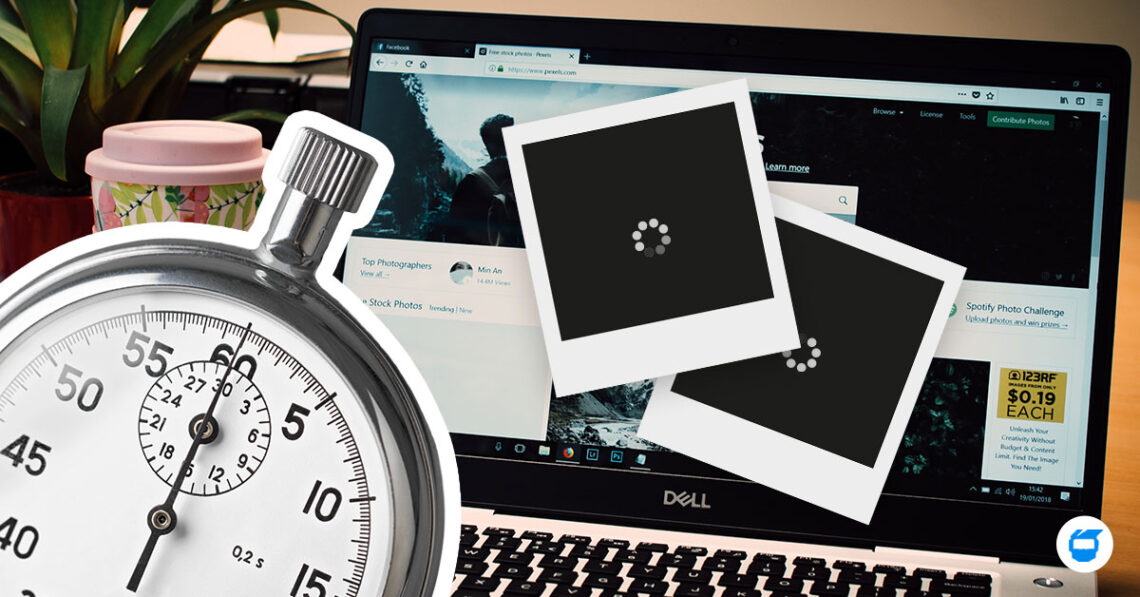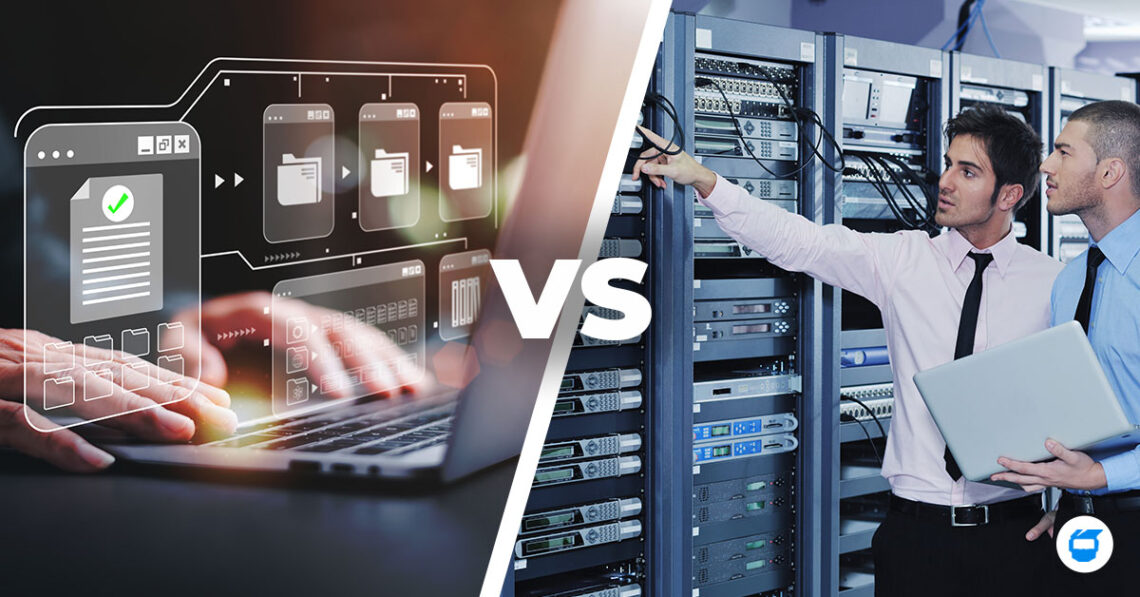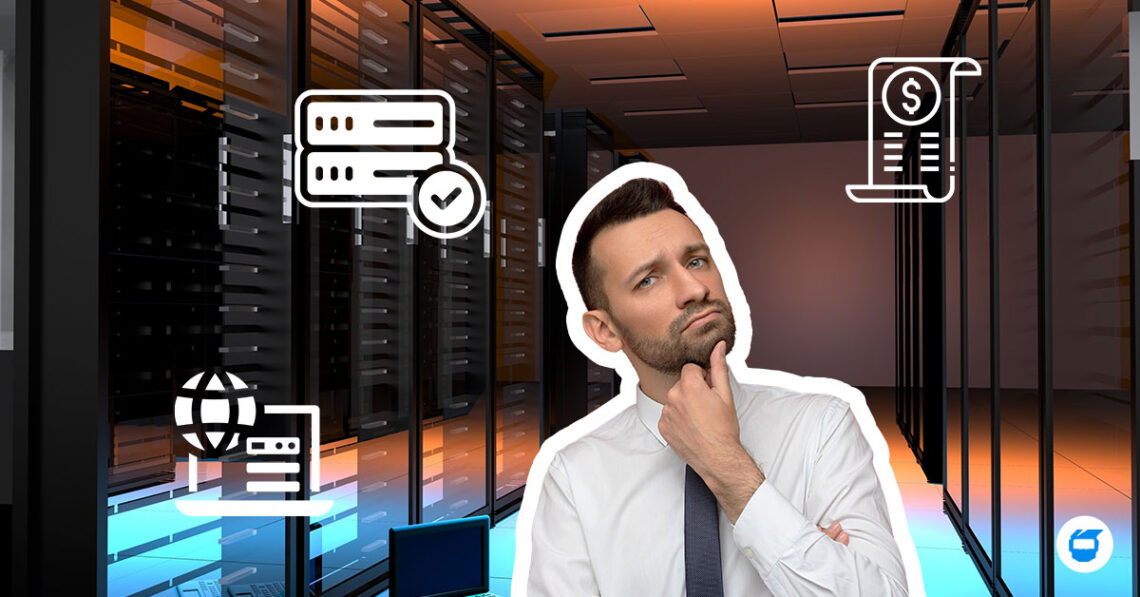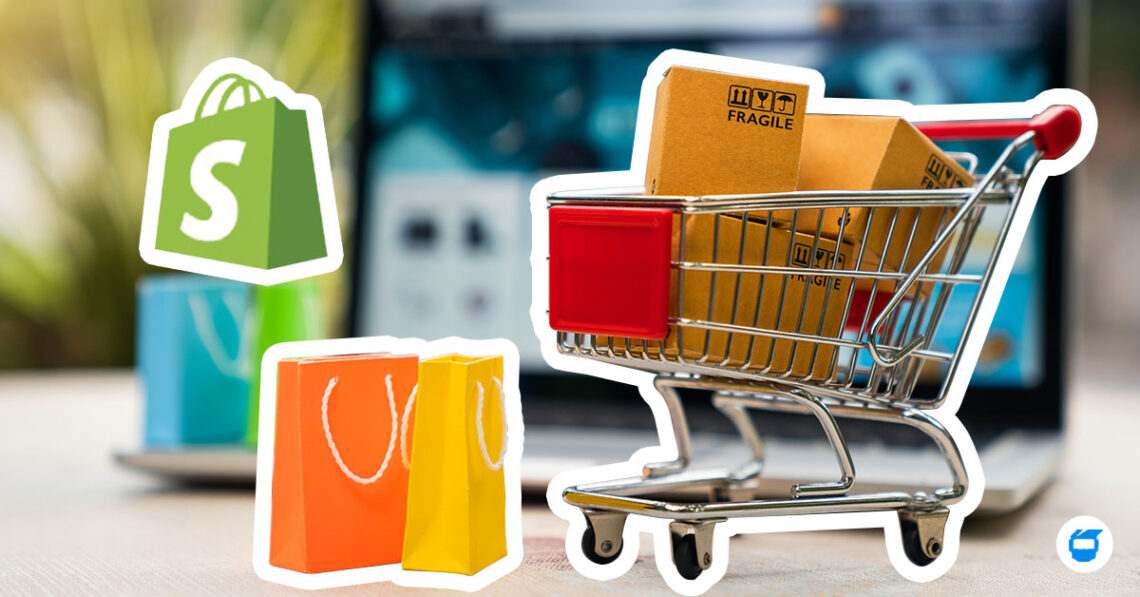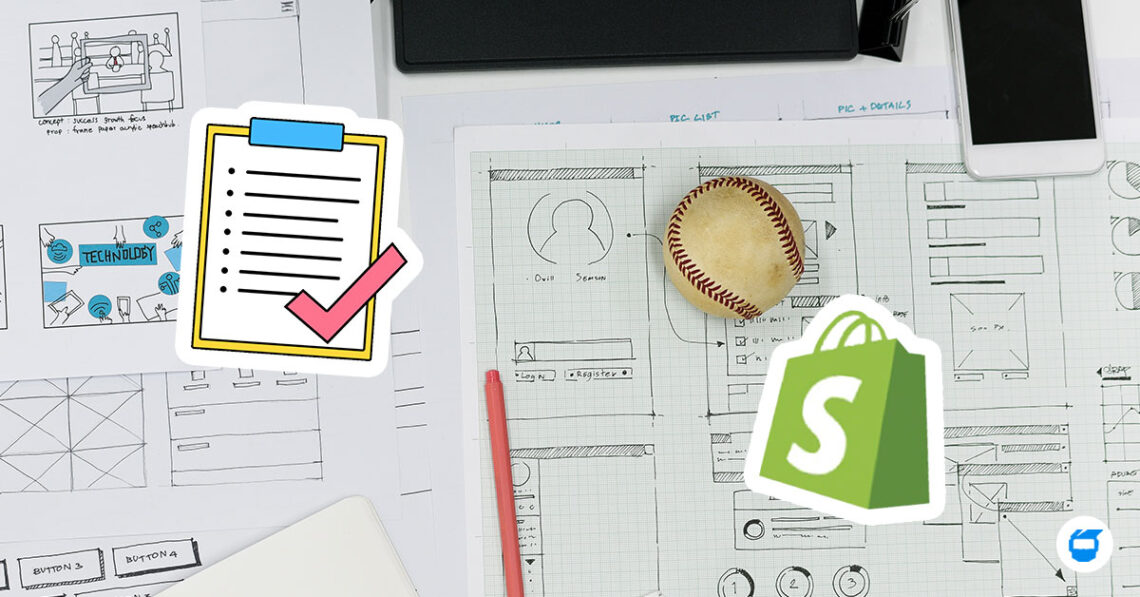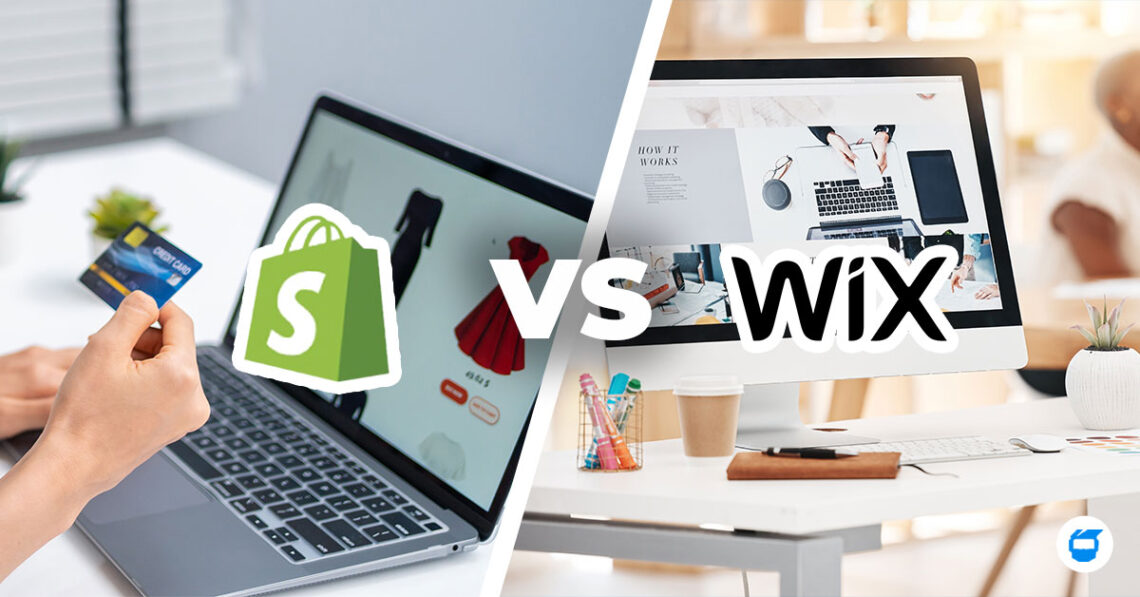Regardless of what industry you are in, understanding the minds of customers can be challenging. People think differently, newer technologies emerge, and preferences and buying trends change. Having a clear process and strategy in place will guide your business to success. As the world evolves and changes, so do your customer. Relating to your consumers can help market your business to them in a way that offers real value.
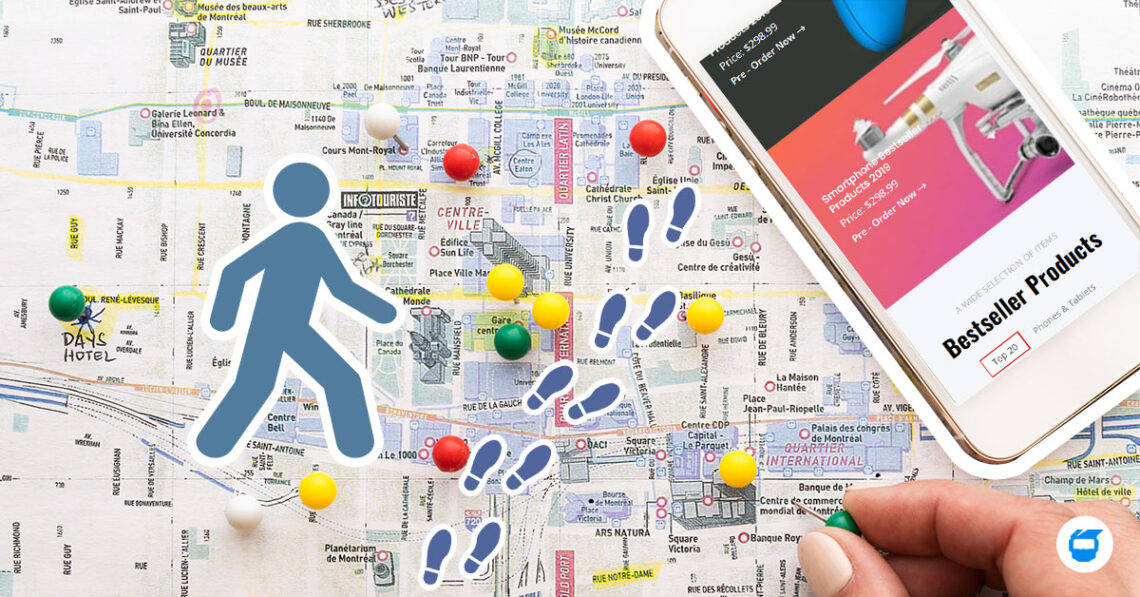
What is Customer Journey Mapping?
A customer journey map is one of the most powerful tools consultants and marketing specialists have at their disposal. It helps map out not only the customer’s path to conversion but also the customer’s understanding or misunderstanding of your business.
A customer journey, on the other hand, is the process through which your customers interact with your business and make a purchase – or not. It’s really that simple. If a customer doesn’t follow the steps you’ve outlined in the online customer journey, your aim to convert them into a paying customer may be over before it even begins.
There is a lot that goes into a customer buying from your e-commerce or online store. It’s not just their shopping experience at checkout that is important; it’s everything before they get to the site. The product page, the layout of your catalog, the shipping price, and speed, user reviews, etc. All of these things go into making a conversion happen.
The whole ordeal is an ongoing process, with customers returning to a business again and again. Always remember that It’s important to give them a positive experience, both on the site and after they’ve made their purchase.
What are the Different Stages of a Customer Journey?
Customer journey mapping gives businesses the opportunity to break down the goals and experiences of a buyer at each step taken in the purchasing process. This type of data is a powerful tool that marketers can use to determine what appeals to customers, how to anticipate their needs and use insights to make their digital experience more personalized. It’s also helpful for understanding what puts off your buyers, like rework or mundane steps they must take in order to complete a purchase.
Here are the five stages in any buying journey.
1. Awareness
Awareness is the first stage of your eCommerce customer’s journey. It’s also the most important as it sets the tone for the rest of the journey. If a customer has a good experience here, then chances are higher that they will remain a loyal customer. This is why it’s important to have a clear strategy in place for attracting customers to your website and converting them into paying customers.
2. Consideration
Your customers begin by browsing around your website. They often have questions and are mainly just gathering information. This stage is called the consideration stage, because it’s when people consider what they want to buy, or if they will buy at all. Understanding your customers as they browse your website, register for an account, and make a purchase at this early stage of the conversion funnel will help you move them down the path toward becoming returning customers.
3. Conversion
At this stage, your customer is happy with the progress and has expectations going forward. They are implicitly trusting you to deliver on any promises you made during the research and decision phases. It is even more important that all of the aspects of your business, such as marketing, sales, products, and services, are aligned to ensure continued quality and satisfaction.
4. Retention
In the early stages of your customer journey, the most important thing you can do is get a customer to buy from you. Whether that means making just one solitary purchase or purchasing multiple items. Doing so will make them feel good about their relationship with you. Once they have purchased one thing from you, they may be much more likely to come back and make another purchase, especially when they’ve had a positive experience with your brand and they were satisfied with your products or services. This is when things really start to change for both parties; because now the customer has fully committed to making a series of purchases from you and will inevitably want to return to continue buying from you on a regular basis.
Being able to secure repeat business and continuing to build a trusting relationship with your customers is vital, and should be one of your main goals as an online store owner. If done correctly, having satisfied customers in this stage will lead them into the next: very happy customers who have gone all out and actually recommended your company and products to family members, friends, or colleagues.
5. Advocacy
At this stage, your customers are actively engaging with your brand and buying from you. Here, the customer has the opportunity to be an influencer. Many call these ambassadors or brand advocates, but those are a subset of this stage. In this stage, customers should feel like they know your company’s products, services, and benefits. They’ve bought from you and liked the buying experience — maybe even loved it. They understand what differentiates your company’s products and services.
How to Create a Customer Journey Map:
- Define – When you define your map goals, make sure they align with your customer’s journey and business goals.
- Describe – Describe your customers in detail by making a customer persona. This can help you by focusing on the aspects of their lives that are most relevant to product use.
- Identify – Plan for customer touchpoints by making them a part of your brand’s engagement strategy from the beginning.
- Visualize – Create a detailed, literal depiction of the customer journey to easily visualize and understand it.
- Analyze – Mark which products and services a customer has purchased from you, what the motivations for that purchase were, who the customer is communicating with about your business and wherein the customer life cycle you think he or she is stuck.
- Correction – If you need to fix errors indicate where corrections are needed and make sure the corrections are made.
- Improvement – To make things easier for customers, adjust and customize things to their liking.
When Should You Make a Customer Journey Map?
A customer journey map is typically developed very early on in an ideation process, especially before data and insights have been gathered. This ensures that the entire team is aligned on the goal as well as the underlying business motivation for creating a map. In fact, a customer journey map usually precedes other ideation exercises because it helps provide context for user needs and requirements.
Conclusion
It’s a known truth that brands that are winning at customer experience are outperforming their competitors. While the rising importance of customer experience is a trend we’re seeing across the board, in terms of B2B and B2C alike, it’s also a trend we can expect to continue in the years to come. These findings are significant for digital strategists who want to help their clients maximize online opportunities and reach their goals. With this report, you now have the knowledge you need to make your brand stand out from the crowd by catering to your customers’ needs!
If your business needs help with ecommerce website development, contact us today, and we’ll be happy to help you!


